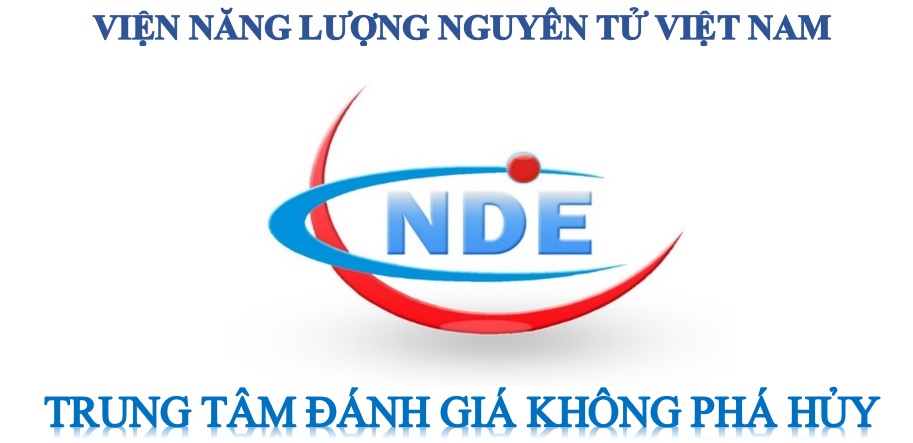Radiographic testing (RT)
The radiographic inspection method is used to identify internal defects in a variety of materials and configurations. A suitable radiographic film is placed behind the object to be examined (figure 4.7) and illuminated by a beam of x-rays or g-rays passing through it. The intensity of the x-ray or g-ray beam when passing through the object is changed depending on the internal structure of the object, and so after treatment, the captured film will appear a glossy image, known as a photo. product radiation. The film is then decoded to obtain information about defects within the product. This method is widely used for all kinds of products such as castings, forgings and welding.

Some advantages of radiographic inspection methods:
(1) This method can be used to test large-area materials in one go.
(2) This method is valid for all materials.
(3) This method can be used to check for structural defects in materials, mis-assembly of parts, and misalignment.
(4) It gives long-term storage test results.
(5) There are facilities to check the quality of radiographs.
(6) The process of interpreting the film is done under very comfortable conditions.
Limitations of the radiographic inspection method:
(1) X-ray or g-ray beams are dangerous to human health.
(2) This method cannot detect flat defects easily.
(3) It is necessary to be able to contact both sides of the test object.
(4) Limited inspection thickness.
(5) There are positions in some details that cannot be captured due to the geometry.
(6) The test sensitivity decreases with the thickness of the test object.
(7) This method is expensive.
(8) This method is not easy to automate.
(9) The person performing this method should have extensive experience in interpreting images taken on film.
Video clip for reference: https://www.youtube.com/watch?v=NpMYePPTThc

 Tiếng Việt
Tiếng Việt

